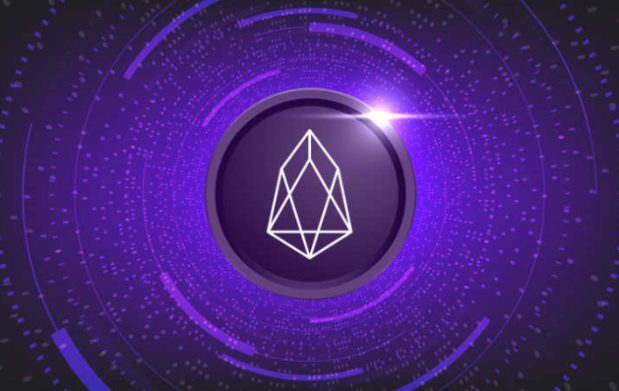EOS is a blockchain platform and cryptocurrency designed to provide a scalable, high-performance and secure platform for decentralized applications. It solves the scalability problem by adopting a DPoS consensus mechanism that allows currency holders to vote for validators to process transactions, thus keeping latency and transaction fees low.

What is EOS?
EOS is a blockchain platform and cryptocurrency developed by Block.one. It aims to provide a scalable, high-performance and secure platform for decentralized applications (dApps).
Project Introduction
The goal of the EOS project is to solve the problem of insufficient scalability of early blockchain platforms such as Ethereum. It uses a consensus mechanism called Delegated Proof of Stake (DPoS), which allows currency holders to vote for 21 block validators (called "validators"). This allows EOS to handle large volumes of transactions while keeping latency and transaction fees low.
The EOS platform provides a range of features, including:
EOS Coin (EOS)
EOS Coin (EOS) is the native cryptocurrency of the EOS platform. It is used for:
The difference between EOS and Bitcoin
EOS Current Status
As of noon on September 25, 2024, the price of EOS (EOS) was $0.53, with a 24-hour trading volume of $74.61 million .
Latest Updates
The price of EOS has increased by approximately 2.2% in the past 24 hours. The gains were the result of a combination of positive news and technical factors.
Influencing factors
Future Trend
EOS’s recent price action indicates positive momentum. However, the market is highly volatile and it is difficult to accurately predict future prices. However, the currency’s long-term prospects remain strong as demand for public chain technology continues to grow.
Recommendation
Investors should pay close attention to the price dynamics of EOS and factors affecting its value. For those investors looking for long-term growth, it may be advantageous to take a deeper look at the currency during times of market volatility.
Short Term Forecast
EOS is expected to continue to perform positively in the short term. However, the currency is prone to pullbacks, so investors should proceed with caution.
The above is the detailed content of One article comprehensively introduces the EOS coin project. For more information, please follow other related articles on the PHP Chinese website!




